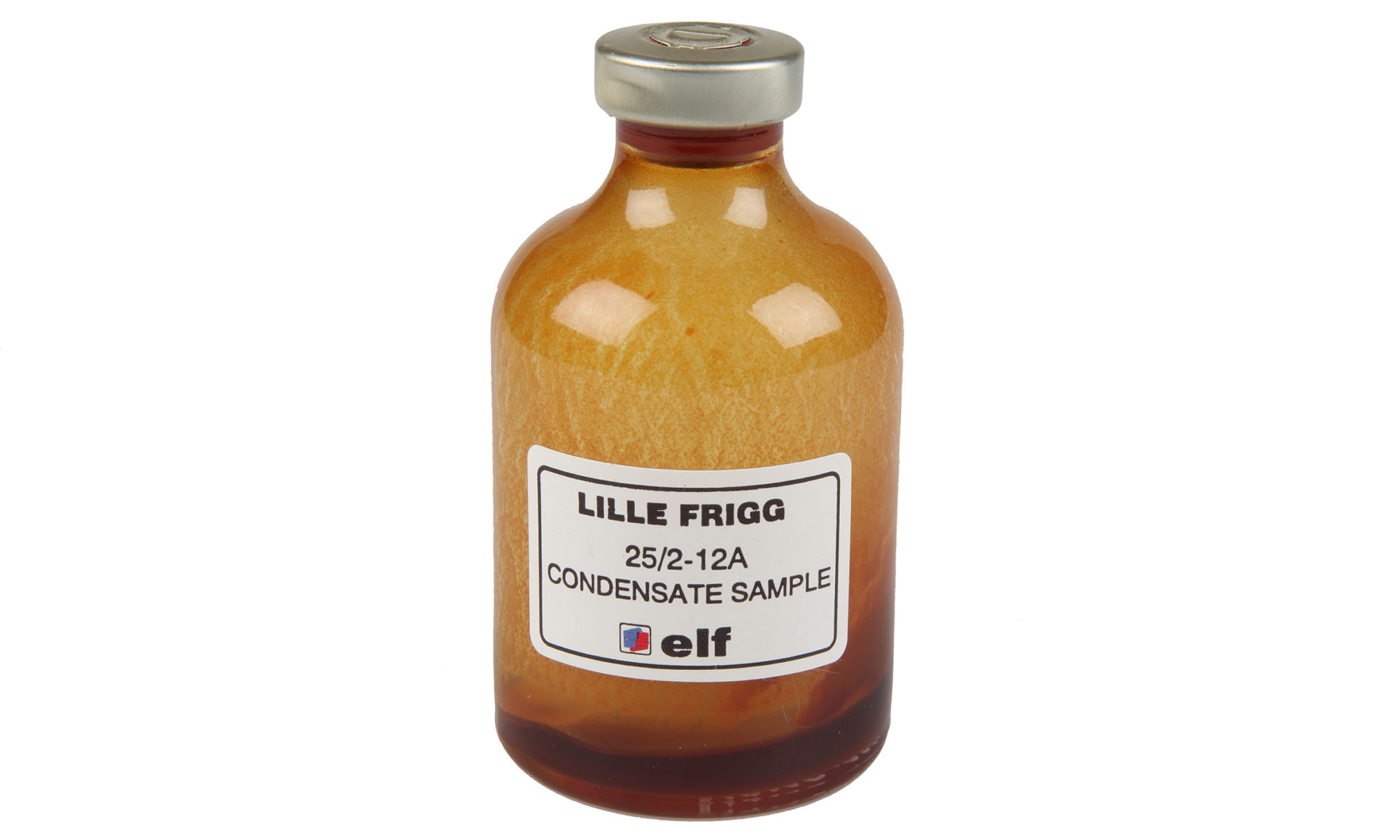Lille-Frigg shut in

Preparations for removing the subsea template were carried out by Coflexip Stena Offshore (CSO), and the work was done by SAC Thialf in July 2001.[REMOVE]Fotnote: Facts 2006, Norwegian Petroleum Directorate Plans called for production from the field to continue for 11 years, but it was discontinued after only five. The actual template structure was melted down for recycling, while the control system and other wellhead components were sold.
Frostpipe
The Frostpipe system ran for 82 kilometres from Frigg to Oseberg, and became operational in April 1994. It was used to transport oil and condensate (light oil), primarily from Frøy but also from Lille-Frigg and East Frigg. These resources flowed through Frostpipe from TCP2 to Oseberg A, and then through the Oseberg Transport System (OTS) to the Sture terminal near Bergen. After Frøy was shut down in March 2001, Frostpipe was filled with seawater and preserved for possible re-use.
PH stabilisation
Another innovation adopted by Elf when planning Lille-Frigg was a new method for inhibiting corrosion (rusting) in gas pipelines. Some water and carbon dioxide will always accompany petroleum production. Carbon-steel pipelines used to transport oil or gas with a high carbon dioxide content can suffer internal corrosion, with rates of metal loss as high as 10 millimetres per year. This has caused leaks in some pipelines. The pH stabilisation method introduced for Lille-Frigg in 1994 involved adding a neutralising base to the wellstream, which thereby became less acid. Rusting was reduced because a protective layer of corrosion products formed on the pipeline wall.
Aker becomes partner in Frigg operationsMerger makes Total a major French company